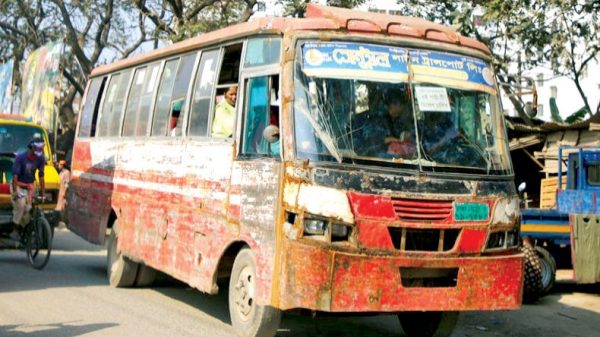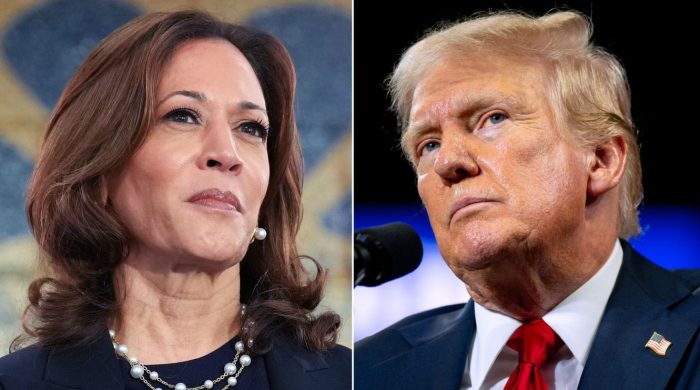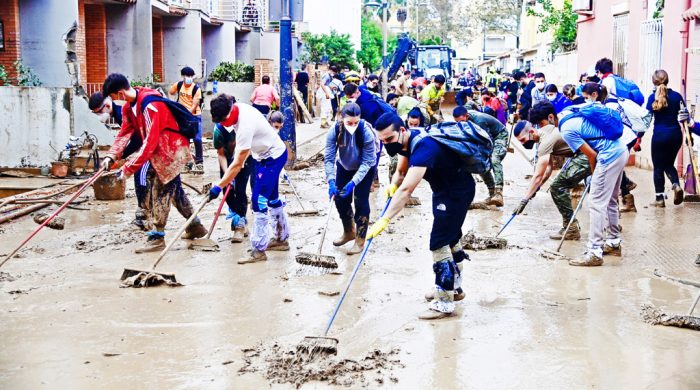Unauthorised, unfit vehicles flood roads in Bangladesh

- Update Time : Sunday, October 22, 2023
- 24 Time View

Frequent movements of unauthorised and unfit vehicles on roads across Bangladesh have become rampant, defying repeated bans, said road transport experts and activists.
They said that these vehicles pose higher risks of fatal road crashes, affecting road safety.
Not only in rural areas and highways, these unauthorised, improvised vehicles are seen even running in the capital amid lax monitoring and a lack of public transport, they added.
Against this backdrop, the government will observe National Safe Road Day 2023 today across the country.
In the peripheral areas of the capital, such as Beribadh, 300 Feet, Manda, and the by-lanes of Banasree, Jigatola, Khilgaon, Mirpur, Rampura, and Uttara, these vehicles can be seen running frequently even during the day.
A Passenger Welfare Association of Bangladesh report shows that 9,951 people were killed and 12,356 others were injured in 6,749 road accidents across Bangladesh in 2022.
Unauthorised vehicles like battery-powered rickshaws, easy bikes, nasimon, karimon, Mahindra-tractors, and laguna involved the second highest, or around 20 per cent of crashes, behind only motorcycles, which were responsible for 28.59 per cent of accidents.
In February 2021, the Accident Research Institute under the Bangladesh University of Engineering and Technology showed that the involvement of unauthorised three- and four-wheeled vehicles in road crashes increased sharply in 2020 compared with 2019 amid the increased use of such vehicles across the country during the Covid-19 pandemic.
The research found that the involvement of battery-run auto-rickshaws, nasimons, and karimons in road crashes increased by 33.9 per cent in 2020 compared with 2019.
‘The unauthorised vehicles have become endemic in Bangladesh,’ Professor Md Shamsul Hoque, director of ARI, told New Age.
He said that the share of these vehicles causing fatal crashes was increasing while the number of them became unmanageable due to no checking on them.
Bangladesh Road Transport Authority, mandated to provide registration to all motorised vehicles, has no survey to determine the number of these vehicles in the country, said its chairman, Nur Mohammad Mazumder.
‘Some sources say there are 20 to 40 lakh easy bikes in the country that have no authentic base,’ he said, adding that currently around 5 lakh vehicles are running without renewing their fitness.
The BRTA website showed that, until September this year, a total of 58.64 lakh motor vehicles were registered under it.
The High Court on August 3, 2015, issued a directive to the road transport ministry and the police to keep unfit motor vehicles off the roads.
Since August 1, 2015, the road transport and bridges ministry has imposed a ban on three-wheelers and non-motorised vehicles on national highways.
The home ministry earlier in 2010, in a directive, banned unregistered battery-run three-wheelers called ‘easy bikes’.
Professor Shamsul Hoque said that the unauthorised three- and four-wheelers are locally made through different modifications and lack standards.
‘On the one hand, the number of these vehicles is increasing beyond control, and on the other hand, the drivers of these vehicles are running them without minimum training,’ he said.
He added that when these vehicles with unskilled drivers behind the steering wheel come on highways, they cause crashes.
‘These vehicles have been established throughout the country under the supervision of a quarter who benefits financially by allowing them, and many drivers also rely solely on these vehicles for their livelihoods,’ he said.
The expert said that due to these reasons, it became almost impossible to remove these vehicles from the roads.
‘It’s a grievous sign for us,’ he said, urging the BRTA and police to check the problem.
Passenger Welfare Association of Bangladesh secretary general Mozammel Hoque Chowdhury said that the boom in the number of these vehicles came due to the absence of enough public transport on the roads.
‘Especially outside Dhaka, how will people travel without these vehicles?’ he said, adding, ‘That is why people are being compelled to use these dangerous vehicles.’
Nearly half of public buses have gone off the streets in the capital in the past decade.
According to the Dhaka Road Transport Owners Association, currently, 3,014 buses operate under 97 companies in Dhaka city.
A Dhaka Metropolitan Police report, submitted 10 years ago in January 2013 to the parliamentary standing committee on the home affairs ministry, put the total number of on-street public buses and minibuses in the city at 5,402.
DMP additional commissioner (traffic) Md Munibur Rahman acknowledged that unauthorised vehicles like easy bikes and battery-run rickshaws were common in Dhaka’s by-lanes and remote and peripheral areas.
‘Due to the absence of public transport, people use these vehicles in the Kamrangir Char area of Dhaka,’ he said, adding that these vehicles seldom come to the main roads.
As police have a shortage of workforces, they cannot deploy traffic in the by-lanes, he said, and added that they try to take action by finding the charging points of these vehicles.
BRTA chairman Nur Mohammad Mazumder said they framed a draft policy to bring easy bikes under registration as these were huge in number and played a role in the economy.
About other unauthorised vehicles across the country, he added that they regularly conduct mobile courts to take action against them.

























